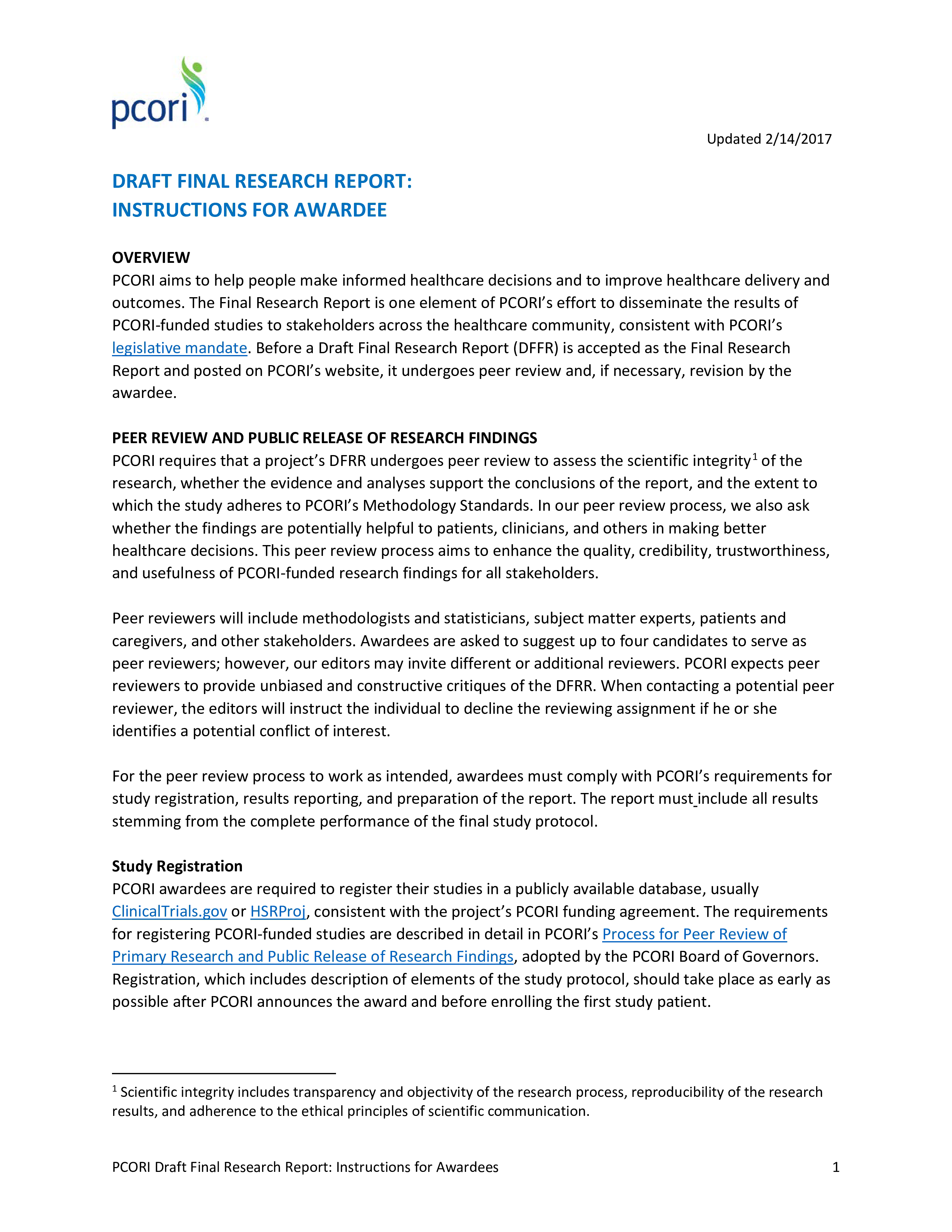

In all our scenarios, price pressures and a dim near-term outlook for the global economy feed through into lower energy demand than in last year’s Outlook. There remain huge uncertainties over how this energy crisis will evolve and for how long fossil fuel prices will remain elevated, and the risks of further energy disruption and geopolitical fragmentation are high.Around 75 million people who recently gained access to electricity are likely to lose the ability to pay for it, and 100 million people may revert to the use of traditional biomass for cooking. Price and economic pressures mean that the number of people without access to modern energy is rising for the first time in a decade.The costs of renewables and carbon dioxide have played only a marginal role, underscoring that this is a crisis where energy transitions are the solution, rather than the problem. High fuel prices account for 90% of the rise in the average costs of electricity generation worldwide, natural gas alone for more than 50%. High energy prices are causing a huge transfer of wealth from consumers to producers, back to the levels seen in 2014 for oil, but entirely unprecedented for natural gas.This is a global crisis, but Europe is the main theatre in which it is playing out, and natural gas is centre stage – especially during the coming northern hemisphere winter. The global energy crisis sparked by Russia’s invasion of Ukraine is having far-reaching implications for households, businesses and entire economies, prompting short-term responses from governments as well as a deeper debate about the ways to reduce the risk of future disruptions and promote energy security.Ultimately what is required is not just to diversify away from a single energy commodity, but to change the nature of the energy system itself, and to do so while maintaining the affordable, secure provision of energy services. Therefore, the solutions are similarly all encompassing. By contrast, the energy crisis today has multiple dimensions: natural gas, but also oil, coal, electricity, food security and climate. The shocks in the 1970s were about oil, and the task facing policy makers was relatively clear (if not necessarily simple to implement): reduce dependence on oil, especially oil imports.


Then, as now, high prices created strong economic incentives to act, and those incentives were reinforced by considerations of economic and energy security.īut today’s global energy crisis is significantly broader and more complex than those that came before. Then, as now, the crises brought to the surface some underlying fragilities and dependencies in the energy system.
#Report findings drivers
Then, as now, there were strong geopolitical drivers for the rise in prices, which led to high inflation and economic damage. Each energy crisis has echoes of the past, and the acute strains on markets today are drawing comparison with the most severe energy disruptions in modern energy history, most notably the oil shocks of the 1970s.


 0 kommentar(er)
0 kommentar(er)
